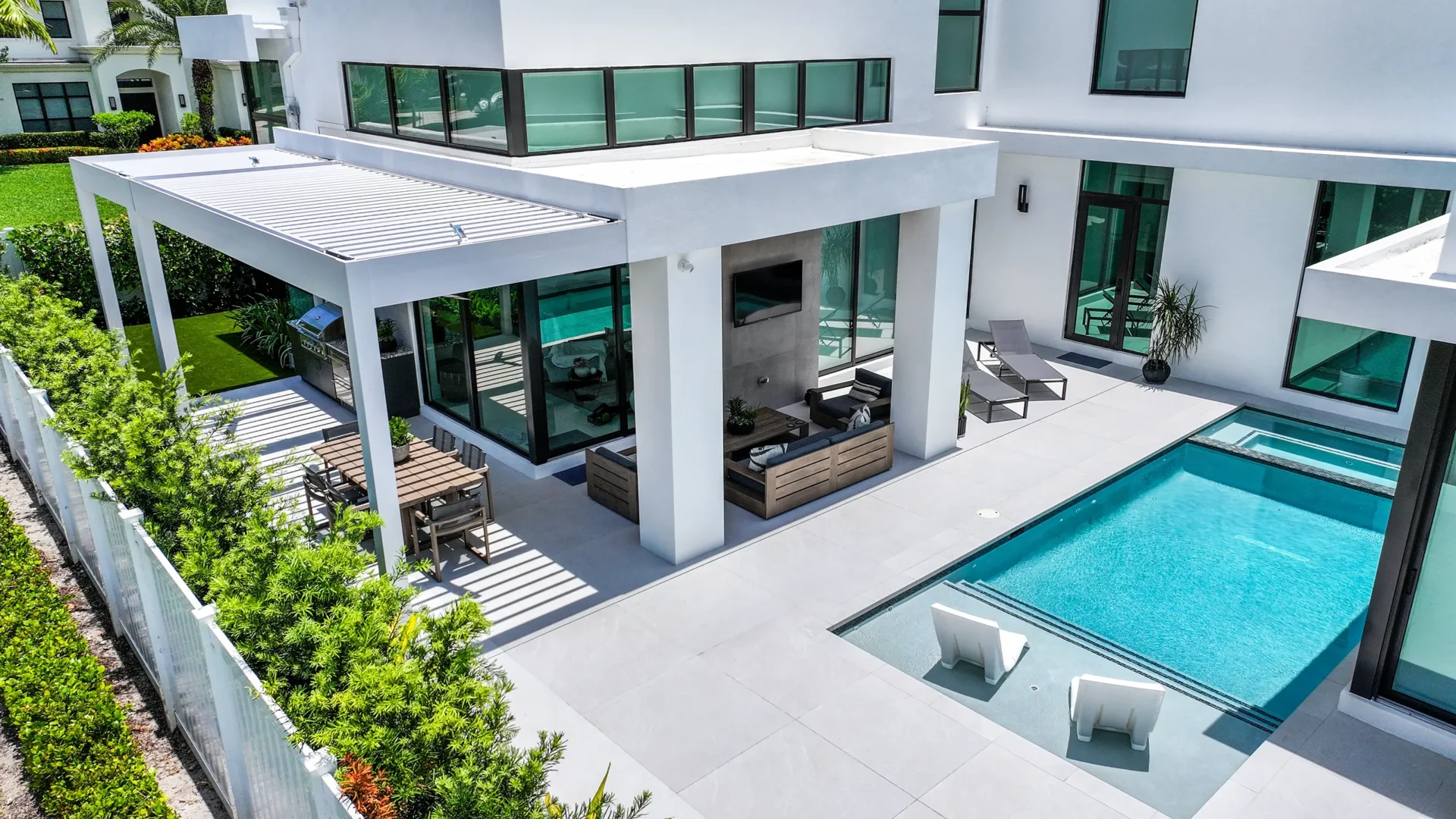

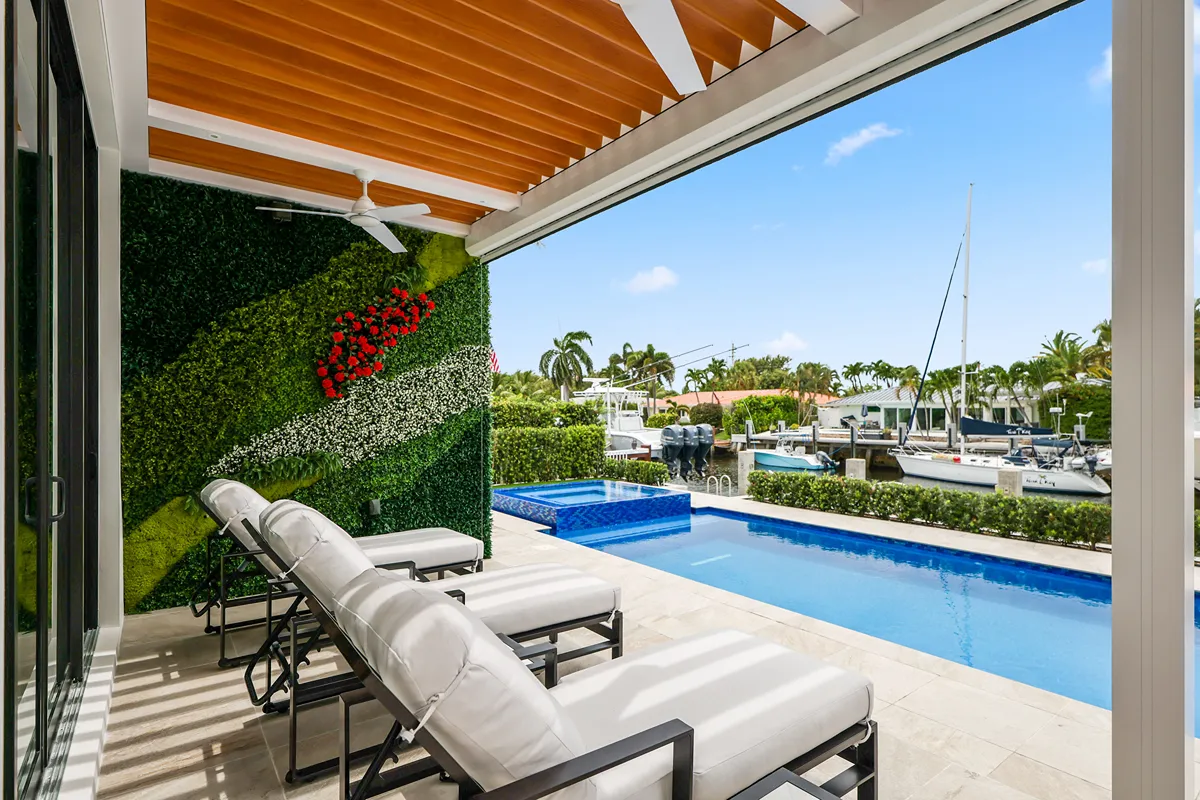
The pergola has a rich history that spans millennia and continents, evolving to meet the needs of different cultures, climates, and tastes.
Historians have traced the earliest precursors to ancient Mesopotamia and Egypt, where rudimentary wooden frameworks supported by stone or brick piers were used to shade crops and walkways from the harsh sun. In these arid regions, the vine-clad structures provided both practical relief from heat and an elegant framework for grape cultivation.
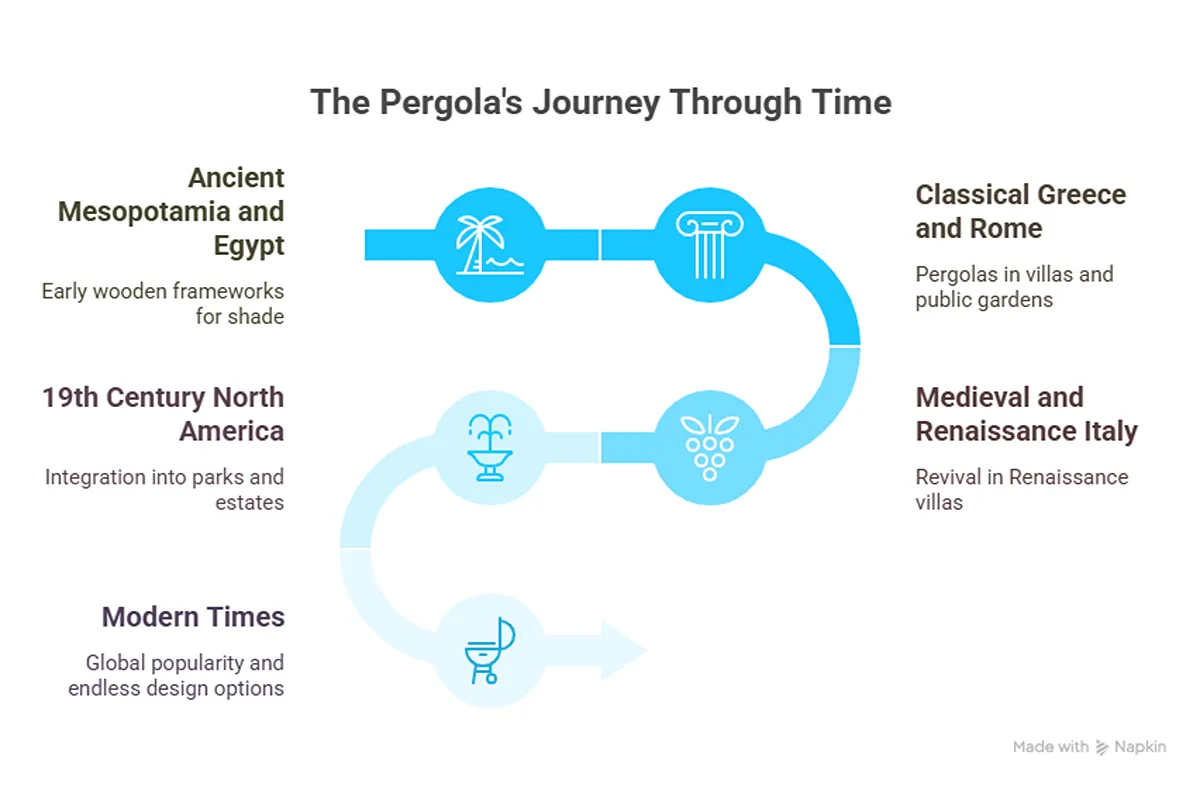
From there, the concept migrated to Greece and Rome, where pergolas became integral features of villas and public gardens. Roman engineers employed sturdy timber or stone columns connected by cross-beams, where climbing plants such as grapevines and ivy would be encouraged to grow into dense, cooling canopies. These early Mediterranean pergolas not only enhanced comfort but also served as symbols of luxury and refinement for the aristocracy and wealthy landowners.
During the medieval and Renaissance periods, pergolas flourished in Italy, where master gardeners and architects incorporated them into the grand designs of villas and monastic cloisters, often prioritizing aesthetic design over practical function. Here, pergolas were meticulously crafted from stone or hardwood, frequently forming long, colonnaded alleys lined with trained vines such as wisteria and climbing roses. They created shaded promenades that connected living quarters to orchards and fountains, fostering a sense of seamless indoor–outdoor living.
From Italy, the pergola spread northward into France and England, where it was adapted to suit cooler, wetter climates; local builders began using weather-resistant woods, such as oak and chestnut, and plants like honeysuckle and clematis to create vibrant seasonal displays.
By the nineteenth century, pergolas had crossed the Atlantic to North America, where they quickly became beloved features in public parks, botanical gardens, and private estates. For example, American landscape architect Frederick Law Olmsted integrated pergolas into the picturesque settings of Central Park and the gardens of Newport mansions, thanks to their ability to frame views and define outdoor “rooms.”
Over the last few centuries, the pergola migrated into suburban backyards across the United States, becoming a versatile structure for homeowners, crafted from wood, vinyl, or aluminum, often supporting climbing wisteria, jasmine, ivy, or grapevines to create intimate dining or relaxation areas. Today, pergolas remain popular worldwide—from the olive groves of the Mediterranean to the rice terraces of Southeast Asia—serving gardeners, architects, and DIY enthusiasts alike. Whether built from rustic timber, sleek steel, or sustainable bamboo, pergolas remain cherished for their blend of practicality and beauty: providing shade, delineating space, and imbuing landscapes with timeless architectural elegance.
The word “pergola” derives from the Latin term pergula, meaning a projecting roof or vine arbor.
This term was adopted into Italian in the late 1600s as “pergola,” where it described arched frameworks that projected from buildings or garden walls. Over time, the word in both Italian and English came to signify the freestanding or attached garden structures we recognize today. The etymological journey reflects both the architectural function of the pergola as framed support for vines and its origins as a protective roof, emphasizing its core purpose: to provide shelter and support while enhancing the aesthetic harmony between built environments and living greenery.
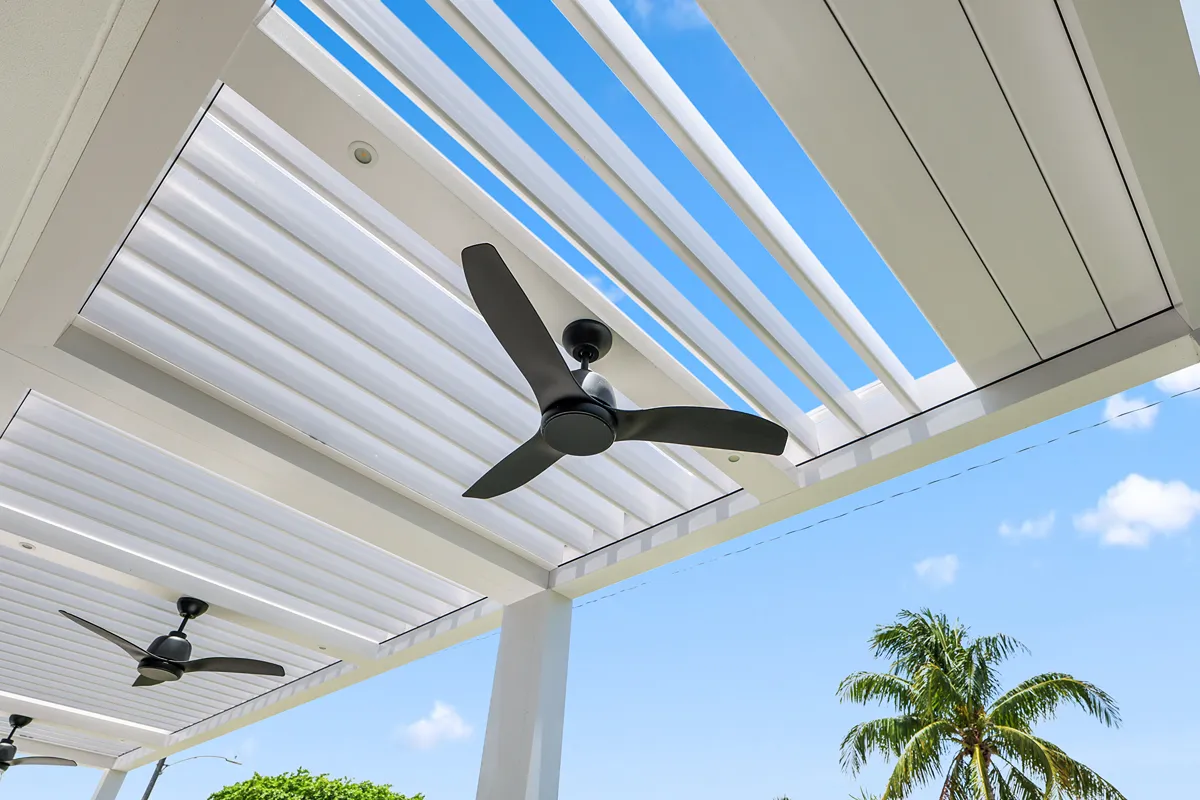
Over the centuries, the distinction between indoor and outdoor living has become increasingly blurred. Early Renaissance patrons in Italy and France built walled botanical gardens to shelter exotic plants and stroll amid greenery year-round. In the sixteenth century, homeowners and architects exchanged botanical gardens for orangeries—greenhouses built to house orange trees and citrus fruits specifically—that quickly became a sign of status for the wealthy. As the years passed, organeries were expanded to include other rare plants from abroad, as well as fountains, grottos, and other decorative elements.
Conservatories entered the lexicon in late seventeenth century England when John Evelyn used the word to distinguish orangeries from the new structures that featured glass roofs, along with glass walls.
By the eighteenth and nineteenth centuries, Americans moved away from conservatories, preferring porches and verandas that offered simple, shady retreats. In the twentieth century, new materials like aluminum, vinyl, and tempered glass gave rise to solariums (more commonly known as “sun-rooms”), Florida rooms, and retractable awnings that opened homes to the outdoors.
Televisions moved outside under weatherproof shelters, and backyard barbecues evolved into full outdoor kitchens—complete with stone countertops, built-in smokers, and pergolas—so meals could be cooked and enjoyed alfresco, rain or shine.
In recent decades, the “outdoor lifestyle” movement has reached its zenith. No longer relegated to occasional use when weather permits, outdoor spaces are now treated as full-fledged living areas, an extension of the home.
SYZYGY Global stands apart with its commitment to quality, customization, and seamless integration—qualities embodied perfectly in our flagship R-Blade Bioclimatic Louvered Pergola. Crafted from fully extruded aluminum, R-Blade offers a sleek, low-maintenance alternative to traditional wood, available in a spectrum of powder-coat colors and realistic wood-grain finishes that complement any architectural style. Whether you prefer a rich walnut, weathered driftwood, or crisp white, your pergola will harmonize with your home’s exterior and landscape palette.
Versatile Configurations: R-Blade adapts to your space and lifestyle. Choose from classic L-shapes for cozy corners, U-shapes to frame patios, or expansive freestanding units that define poolside lounges. It can also be mounted directly to your house, extending your indoor living area outdoors with seamless continuity
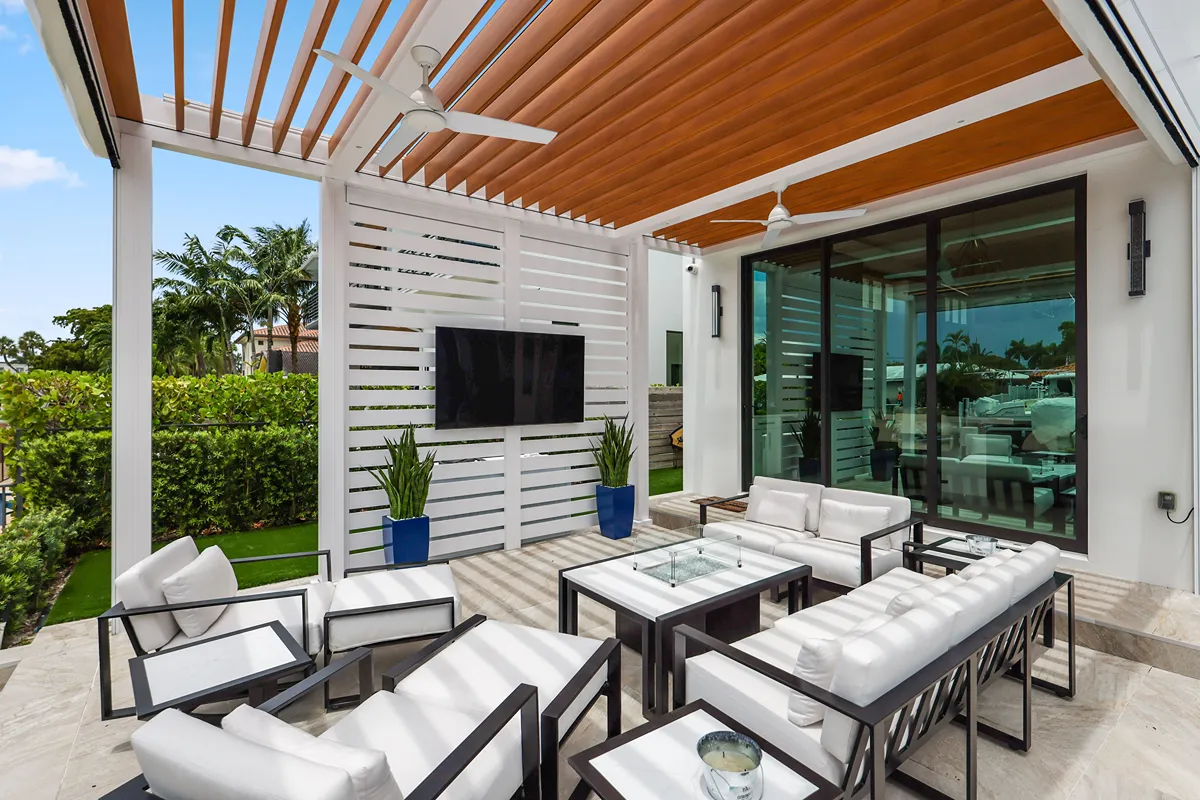
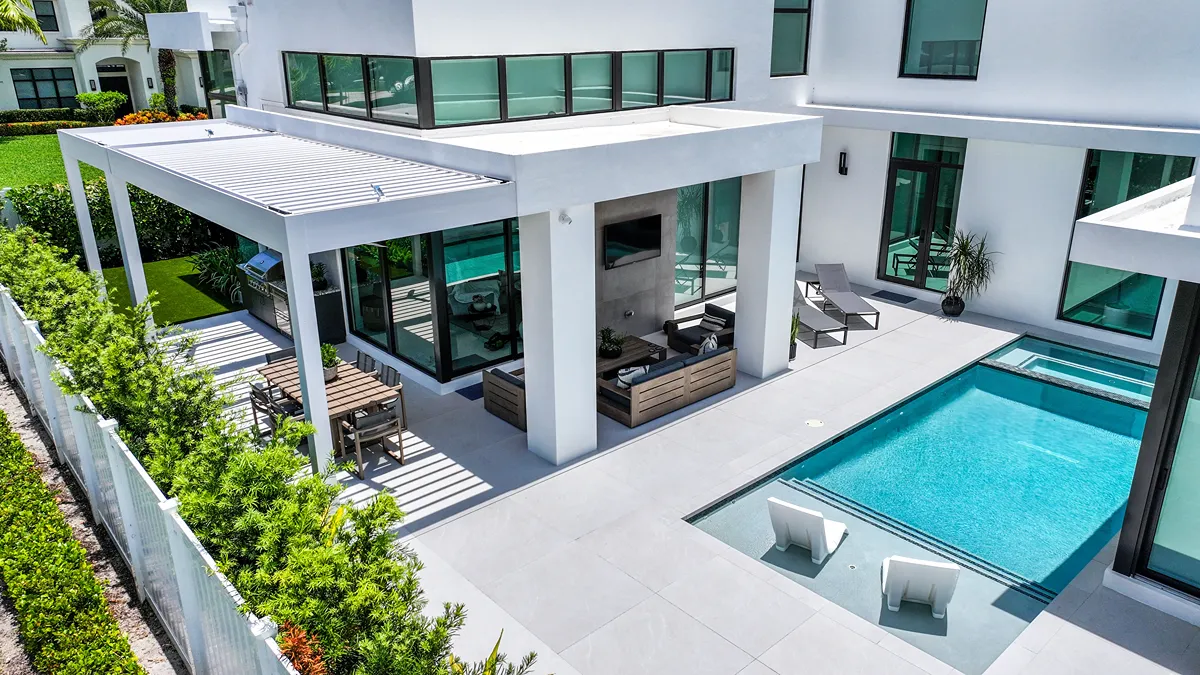
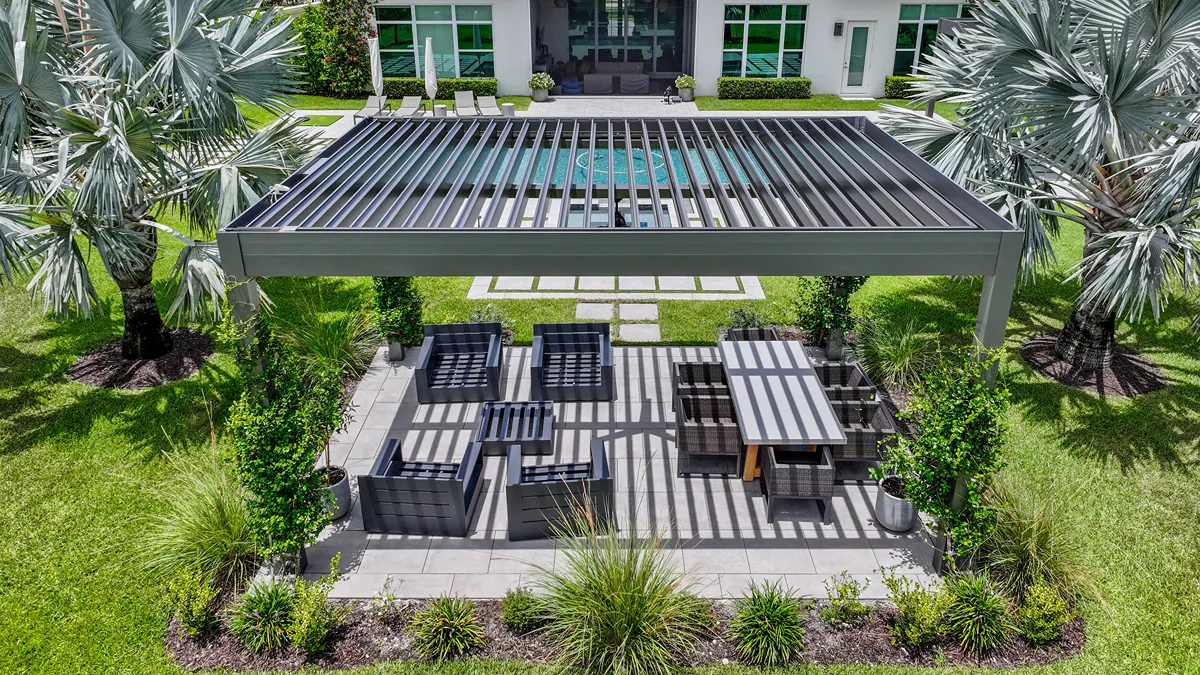
Smart, Weather-Responsive Design: Motorized dual-walled louvers give you full control over sunlight, airflow, and privacy. At the touch of a button—or automatically via integrated smart sensors—louvers tilt to block rain or summon fresh breezes. Gapless louver sealing and hidden gutters channel water discreetly, keeping you and your furnishings dry without unsightly downspouts.
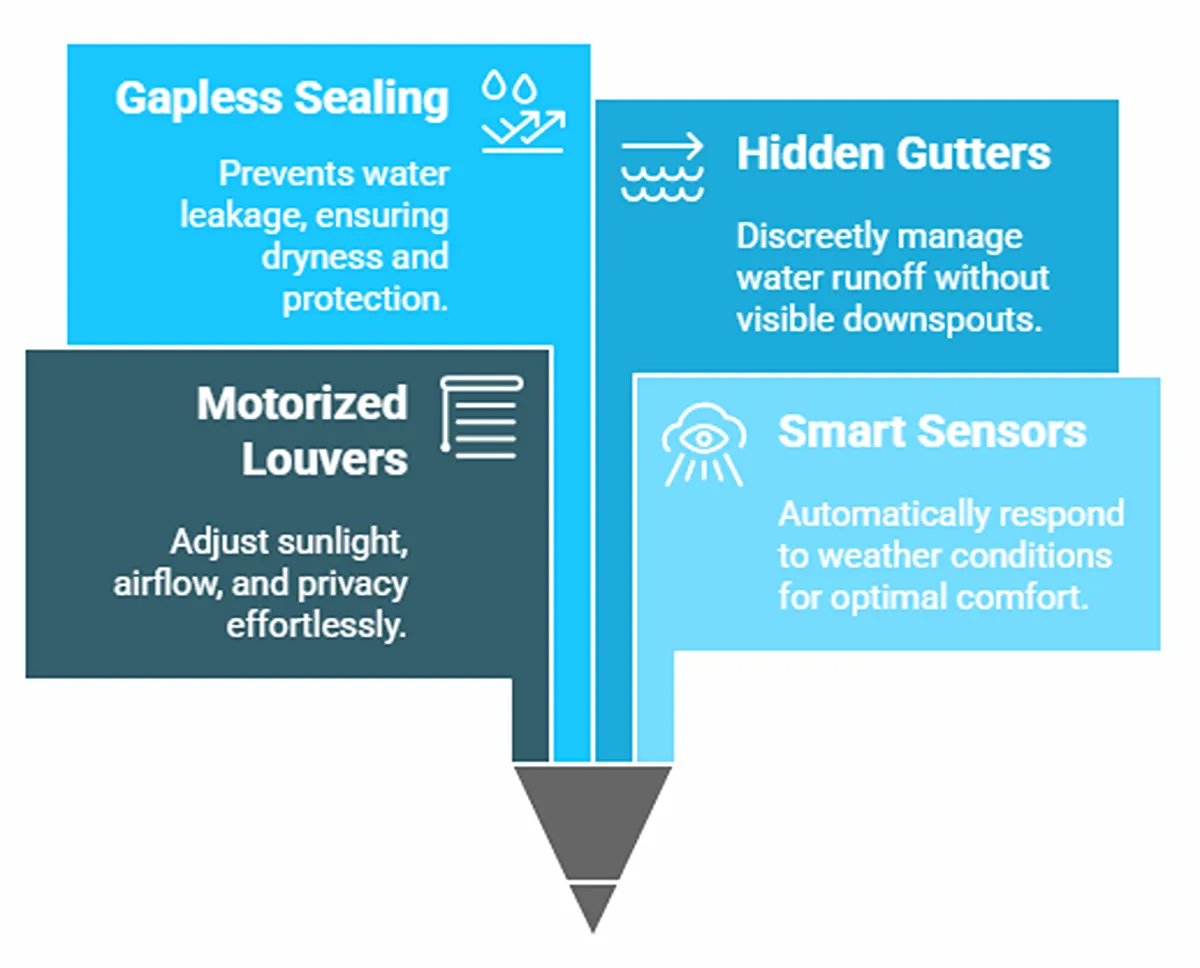
Attention to Detail: Concealed hardware and smooth, continuous profiles create a minimalist aesthetic. There’s no visual clutter, just uninterrupted lines and a flawless roofscape that looks like it was always part of your home.
Imagine stepping into your private oasis every morning. At SYZYGY Global, we believe your outdoor space should feel like a natural extension of your home: seamless, stylish, and designed for unforgettable moments.
Today’s outdoor kitchens and entertainment hubs go far beyond a simple grill. Imagine preparing gourmet meals on stone countertops with built-in smokers and refrigeration, all sheltered by a sleek pergola or weatherproof roof that lets you cook in any weather.
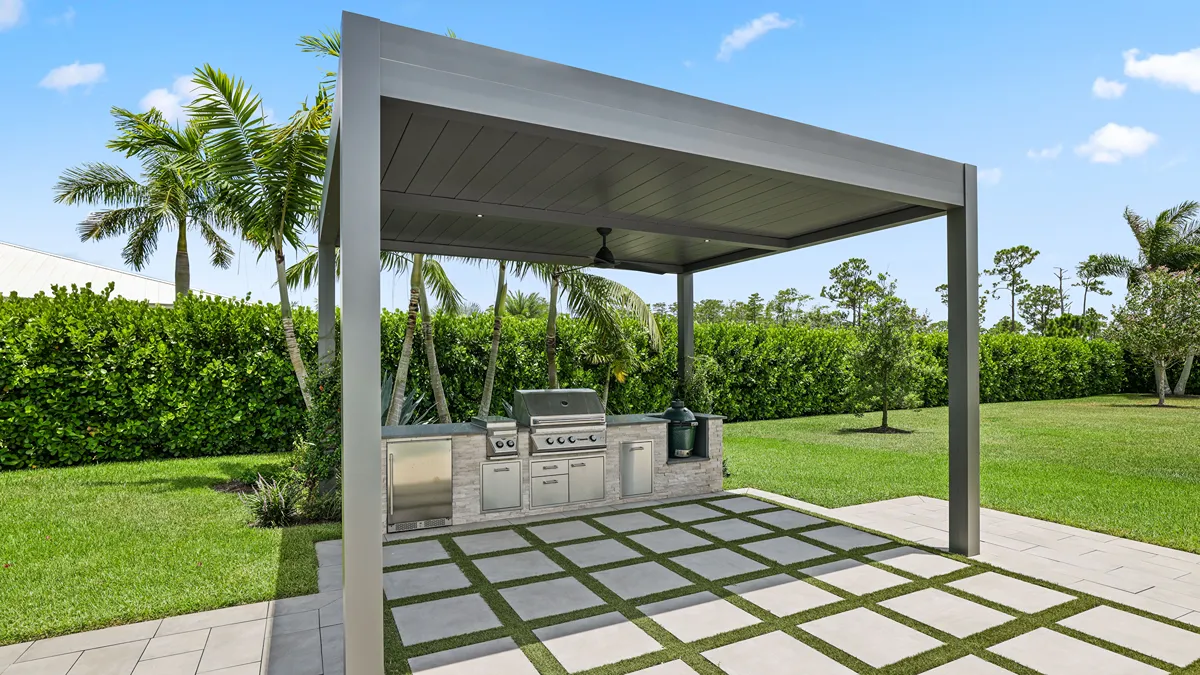
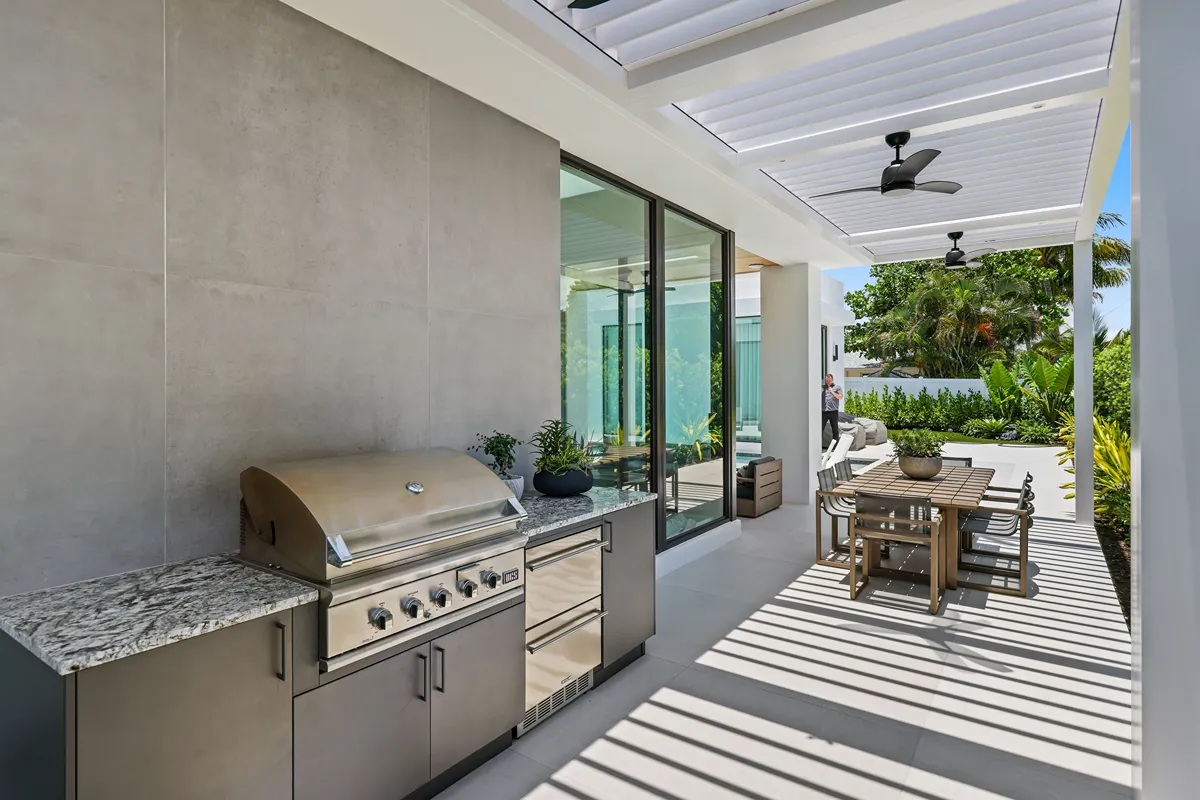
Picture your patio transformed into an alfresco theater, complete with a weatherproof LED TV, sound system, motorized shades, and insulated roofing panels.
Cozy cabanas with drapery and ceiling fans create private nooks for relaxing with friends or unwinding after a long day.
And it doesn’t stop there. SYZYGY Global designs year-round living spaces that keep you comfortable in every season: fire pits and outdoor fireplaces provide warmth and ambiance on cool evenings, while LED landscape lighting extends your enjoyment well after sunset.
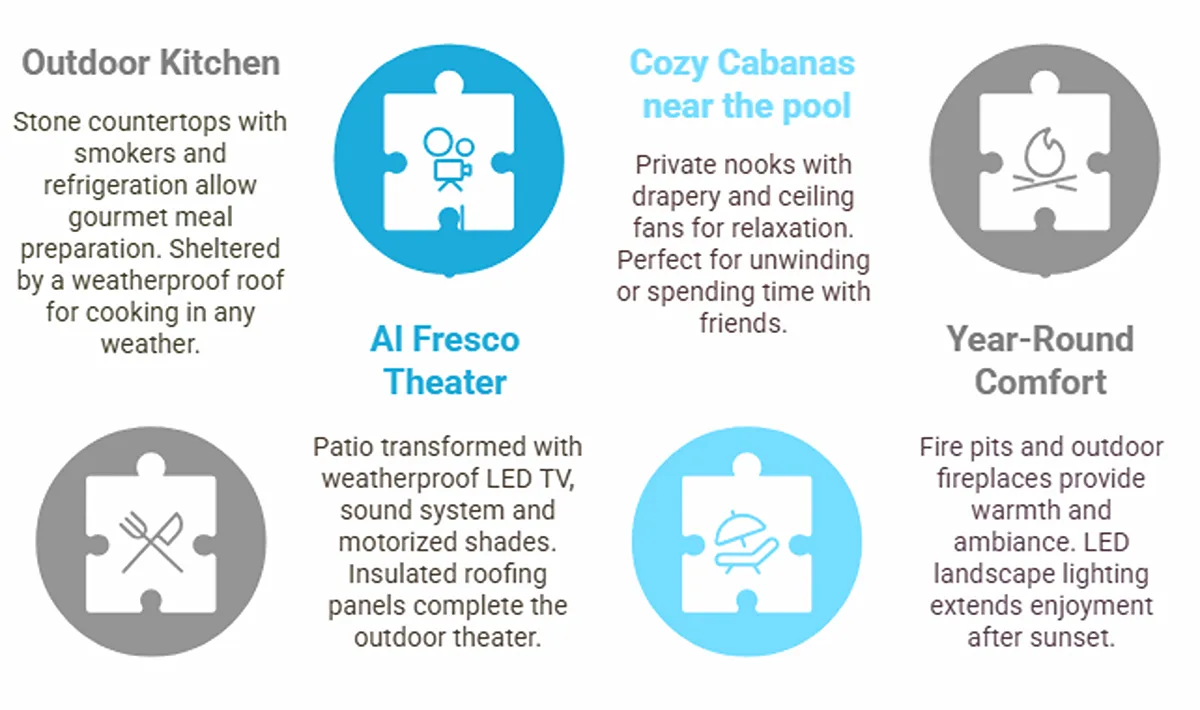
Our tailored solutions ensure your space reflects your style, whether you favor modern minimalism, Mediterranean charm, or tropical retreat.
Local Expertise, Nationwide Reach: SYZYGY Global proudly serves homeowners and businesses across Palm Beach, Broward, Miami-Dade, and Martin counties, delivering personalized installations on schedule. We also welcome commercial partnerships nationwide, bringing our engineering prowess and design excellence to sites of any scale.
Ready to redefine your outdoor lifestyle? Browse our gallery of custom pergolas and complete living environments, request a free consultation with our expert design team, or get a personalized quote today. Transform your backyard into the ultimate outdoor living room—under the open sky—and start making memories that last a lifetime.

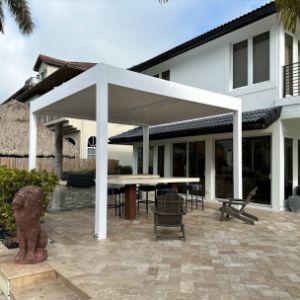
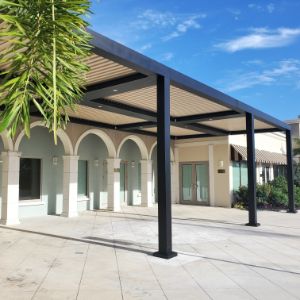
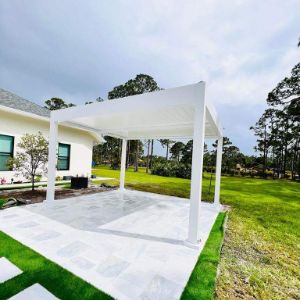
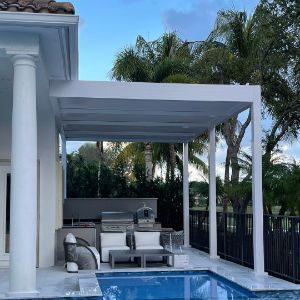
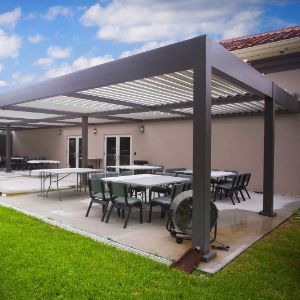
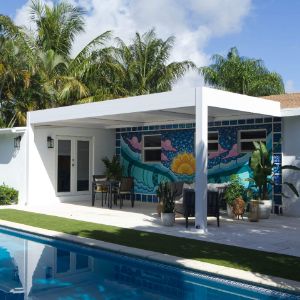



















Name
